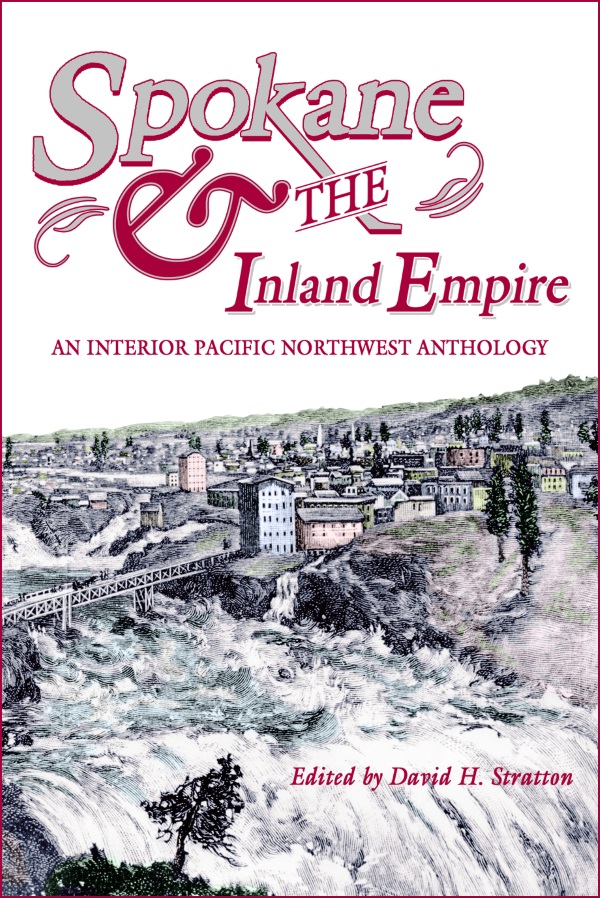Description
Inspired by Chicago’s successful 1893 World Columbian Exposition, the cities of Portland, Seattle, San Diego, and San Francisco all held fairs between 1905 and 1915. From the start of the Lewis and Clark Exposition to the close of the Panama-California Exposition a decade later, millions of Americans visited exhibits, watched live demonstrations and performances, and wandered amusement zones. Millions more thumbed through brochures or read news articles. Fair publicity directors embraced the emerging science of consumer marketing. Conceived to attract new citizens, showcase communities, and highlight farming and industrial opportunities, the four expositions’ promotional campaigns and vendor and exhibit choices offer a unique opportunity to examine western leaders’ perceptions of their city and region, as well as their future goals and how they both fed and tried to mitigate misconceptions of a wild, wooly West. They also expose biased attitudes toward Native Americans, Mexican Americans, Filipinos, and others.
Boosting a New West explores the fairs’ cultural and social meaning by focusing on and comparing the promotions that surrounded them. It details their origins and describes why each city chose to host, conveying the expected economic, social, and cultural benefits. It also shows how organizers articulated their significance to urban, regional, and national audiences, and how they attempted to shape a new western identity.
San Diego State University Associate Professor John C. Putman is a historian of the modern American West, particularly California and the Pacific coast states, and the author of Class and Gender Politics in Progressive-Era Seattle.
Listen to his interview on the New Books Network podcast.
“Impressively informative, exceptionally well organized and presented…an exemplary example of regional history.”—Library Bookwatch
Illustrations / notes / bibliography / index / 6″ x 9″ / 316 pages (2020)
ISBN 978-0-87422-381-1 Paperback




